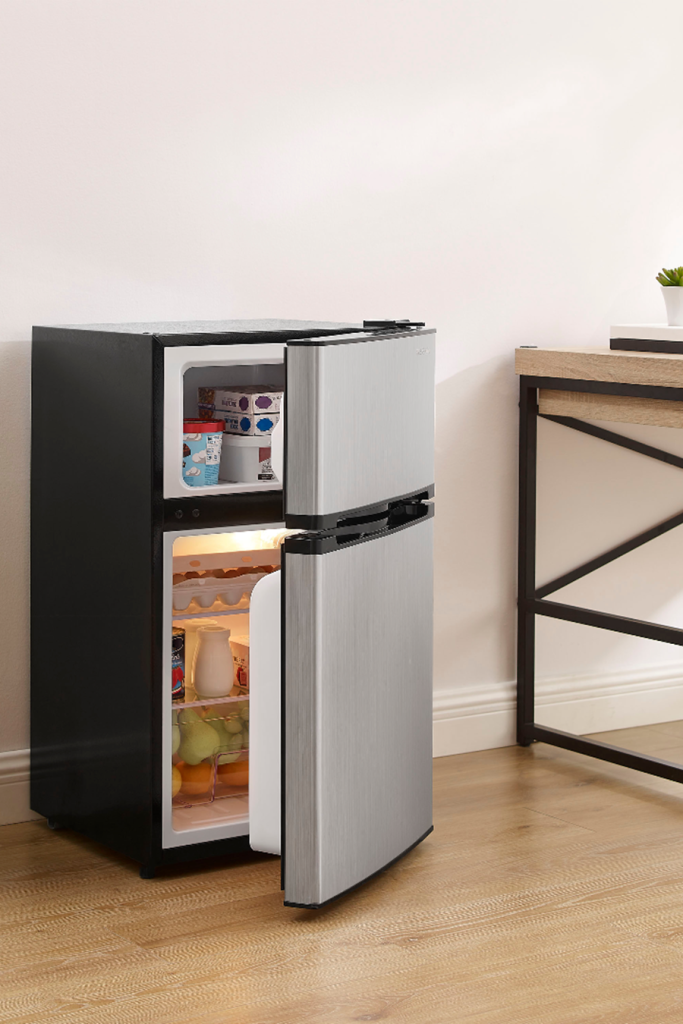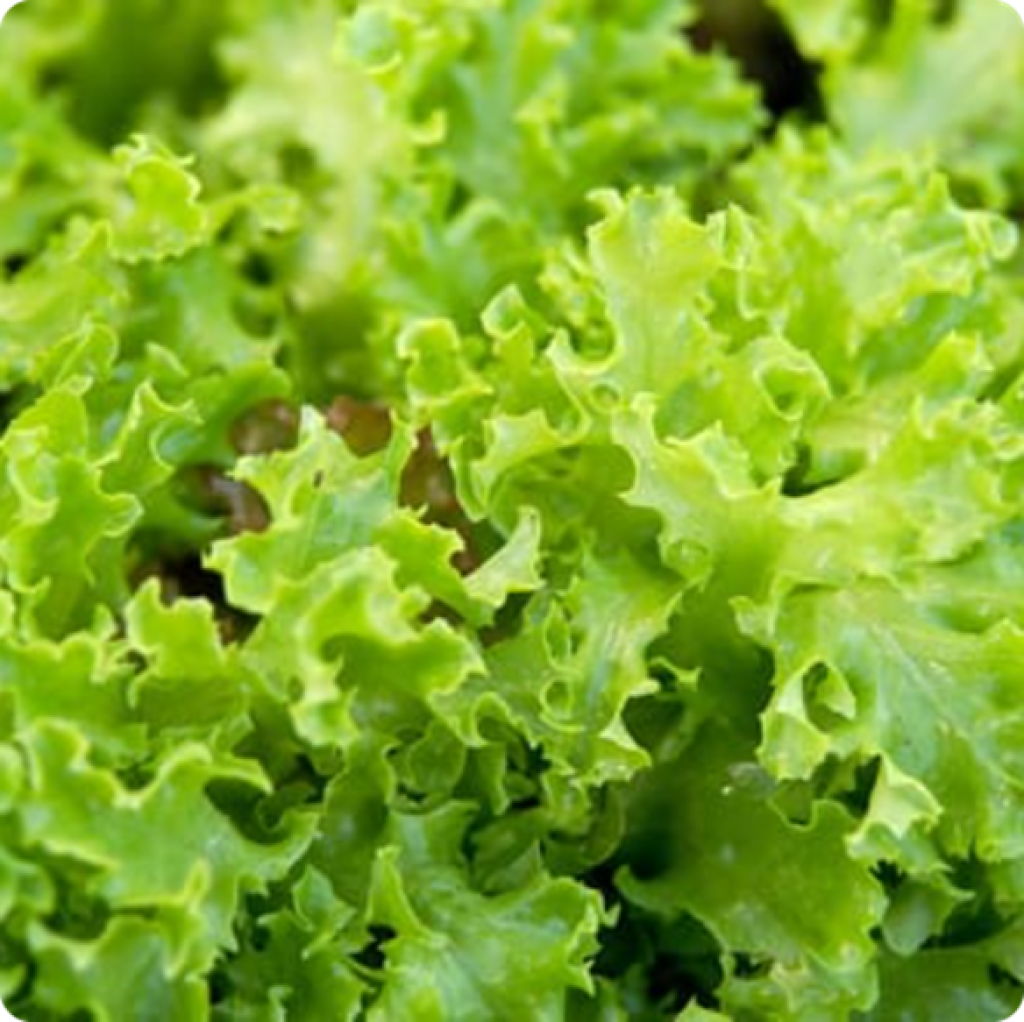When it comes to eating healthy, salads are a popular and nutritious choice. But how long does salad last in the fridge? Proper storage of salads is important not only for maintaining freshness and taste but also for preventing spoilage that can lead to foodborne illness. In this guide, we will explore the that affect the shelf life of salad, tips for storing salad safely in the fridge, and how long different types of salads last in the fridge.
How Long Does Salad Last in the Fridge?
The shelf life of salad depends on a number of factors, including the type of salad, the ingredients used, and how it is stored.
In general, most salads will last for 3-5 days in the fridge. However, some salads, such as those with leafy greens, may only last for 1-2 days.

The Importance of Storing Salad Correctly
Storing salad correctly is essential for multiple reasons. First, proper storage helps maintain the freshness, taste, and nutrients of the salad. Second, it prevents the growth of harmful bacteria, which can cause foodborne illness if consumed. Lastly, it reduces food waste by preventing spoilage and allowing you to enjoy your salad for a longer period.
Factors Affecting Salad Freshness in the Fridge
There are multiple factors that can influence how long a salad stays fresh in the fridge.
- Type of Salad: Different types of salads, such as leafy greens, vegetables, fruits, and grain-based salads, have different storage requirements and shelf lives.
- Temperature and Humidity: The temperature and humidity levels in your fridge play a crucial role in maintaining the freshness of your salad. Generally, colder and drier conditions are better for preserving salads.
- Salad Preparation and Storage Techniques: The way you prepare and store your salad can impact its shelf life. Using proper storage containers and techniques can extend the freshness of your salad.
- Use of Dressings: The type of dressing and whether it has been mixed may influence how long the salad remains fresh.
Tips for Storing Salad in the Fridge
Here are some tips to help you store your salad safely in the fridge:
- Proper Washing and Drying: Before storing your salad, ensure the ingredients have been thoroughly washed under running water. Allow them to dry fully, as moisture can encourage bacterial growth and spoilage.
- Storing in Airtight Containers: Airtight containers are the best option for storing salads, as they prevent the spread of odors and protect the salad from external contaminants.
- Layering the Salad: When storing a mixed salad, consider layering with a paper towel at the bottom and placing the heaviest ingredients on top. The paper towel helps absorb excess moisture and prolong freshness.
- Separating Ingredients by Type: Consider storing delicate ingredients, like leafy greens, separately from heavier ingredients to prevent these greens from being crushed and wilting.
- Adding Dressings Only When Serving: It’s best to add dressing immediately before serving the salad. Storing the salad with dressing can cause it to become soggy and spoil more quickly.
How Long Different Types of Salads Last in the Fridge
Leafy Greens

Pre-washed and bagged leafy greens can last up to 7-10 days in the fridge, while unwashed greens may last 5-7 days.
Vegetable Salads

Vegetable salads can last from 3-5 days, depending on the type of vegetables and how they were prepared
Fruit Salads

Fruit salads usually last 3-5 days when stored in an airtight container.
Pasta and Grain-Based Salads

Pasta and grain-based salads, such as quinoa or couscous salads, can last up to 5 days in the fridge.
Signs of Spoilage in Salads
- Change in Color: A change in color can indicate that the salad is no longer fresh.
- Off Odor: An off odor is a sign of spoilage and can indicate the presence of harmful bacteria.
- Presence of Moisture: Moisture can cause your salad greens to become slimy and wilted over time.
- Mold Growth:Visual signs of mold growth on your salad means it’s time to toss it.
If you notice any of these signs, it’s best to discard the salad to avoid potential health risks.
Tips for Keeping Salad Safe
In addition to storing your salad properly, there are a few other things you can do to keep it safe to eat.
- Don’t let the salad sit out at room temperature for more than 2 hours.
- If you’re not going to eat the salad right away, store it in the fridge.
- Don’t wash the salad until you’re ready to eat it.
- If you’re making a salad ahead of time, store the dressing separately.
Common mistakes to avoid when storing salad
To ensure your salad stays fresh for as long as possible, avoid the following common mistakes:
- Storing salad in a wet or damp condition
- Leaving the salad uncovered in the fridge
- Mixing the dressing with the salad before storing
- Using wilted or spoiled greens
- Overstuffing the container, leading to compression and faster spoilage
By avoiding these errors, you can extend the shelf life of your salad and enjoy it at its best.
Conclusion
In conclusion, the shelf life of salad depends on several factors, including the type of salad, ingredients, and storage conditions. By following the tips we’ve shared in this article, you can ensure that your salads stay fresh and safe to eat for as long as possible. Remember, when in doubt, it’s always better to err on the side of caution and discard any salad that looks or smells off.
For more detailed information and specific recommendations, you can refer to official government websites like the United States Department of Agriculture (USDA) (www.usda.gov) or food safety resources such as the Food Safety and Inspection Service (FSIS) (www.fsis.usda.gov). Additionally, the Centers for Disease Control and Prevention (CDC) (www.cdc.gov) may provide valuable insights on food safety and storage practices.
FAQs
What are the signs that a salad has gone bad?
There are a few signs that a salad has gone bad. These include:
- The salad has a sour or off smell.
- The leaves are wilted or brown.
- There are any signs of mold.
Can I eat a salad that has been sitting out for a few hours?
It’s not recommended to eat a salad that has been sitting out for more than 2 hours. This is because bacteria can start to grow on the salad after 2 hours.
How can I make a salad last longer?
There are a few things you can do to make a salad last longer. These include:
- Washing the salad greens thoroughly before storing them.
- Drying the greens completely with a paper towel.
- Placing the greens in a sealed container or bag.
- Storing the salad in the crisper drawer of your fridge.
Why do salad greens go bad?
Salad greens go bad because of excess moisture. When you store your greens in the fridge, they will release moisture, which can cause them to wilt and become soggy.
How can I keep salad greens fresh longer?
There are a few things you can do to keep salad greens fresh longer:
- Use a paper towel to absorb moisture.
- Store your greens in a crisper drawer.
- Wash your greens before storing them.
- Use a specialized fridge shelf liner.
- Freeze your greens.
How long do salad greens last in the fridge?
Salad greens will last for about 3-5 days in the fridge if stored properly.
Can I freeze salad?
Yes, you can freeze salad. However, the texture of the greens will not be as good as fresh greens.
What are some other ways to store salad?
You can also store salad in a salad spinner. This will help to remove excess moisture from the greens, which will help them to last longer.
How can I keep my salad from becoming limp?
Make sure to wash and dry your greens thoroughly before storing them in an airtight container in the fridge.
What is the best way to store a Caesar salad?
A Caesar salad should be refrigerated in an airtight container with dressing on the side, and croutons separated to maintain their crunch.
Can I store a fruit salad and a vegetable salad together?
No, it’s best to store them separately to prevent the flavors from blending together and to avoid the risk of cross-contamination.






